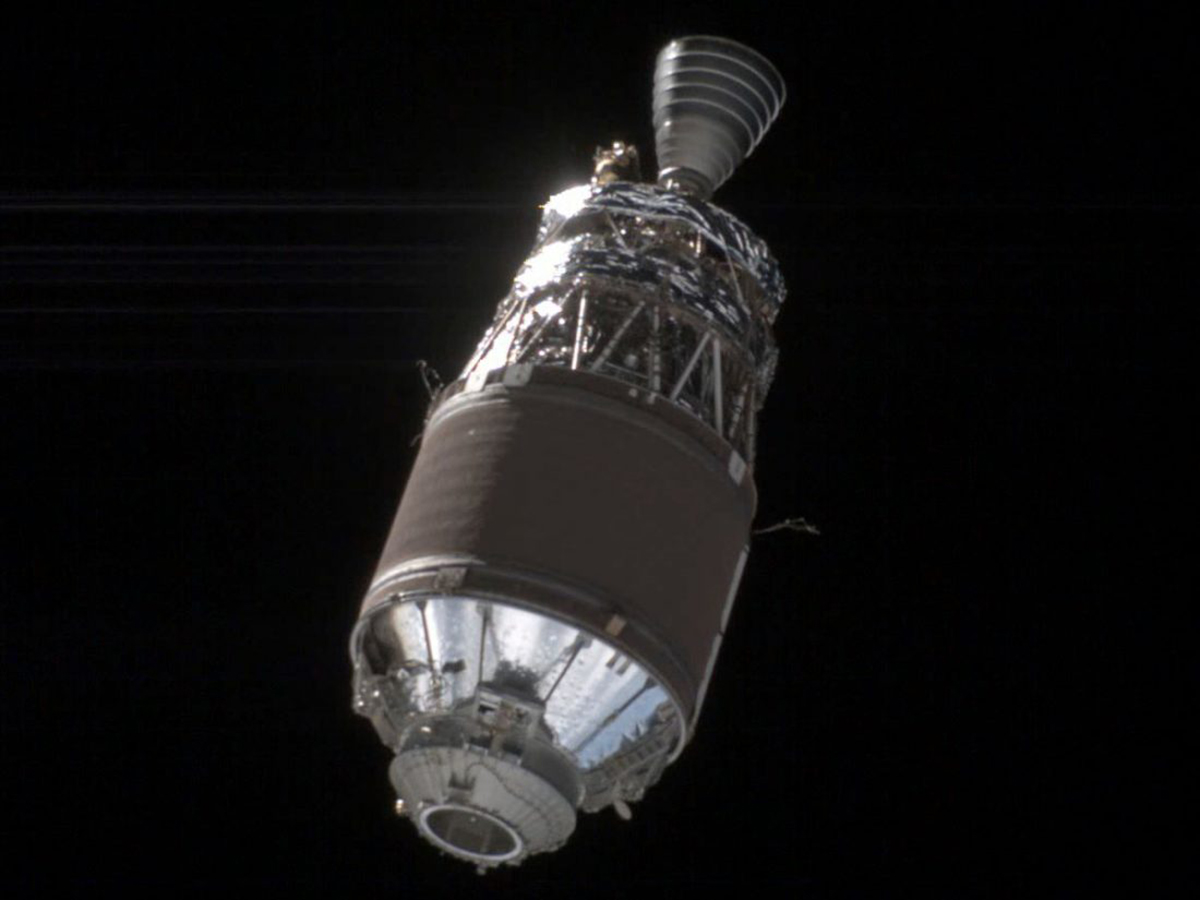Stay Up to Date
Submit your email address to receive the latest industry and Aerospace America news.
The Small Satellite Technical Committee works to advance the science and engineering of satellites, launch vehicles and ground systems to enable the development of small and highly capable spacecraft.
Small satellites continued to serve as platforms for technology demonstrations and operational missions, serving national, commercial and educational objectives. In January, the Space Industry Responsive Intelligent Thermal satellite began science operations with its Italian Space Agency gamma ray instrument. The 6-unit bus built by Inovor Technologies of Australia is the first to use a Stirling cycle cryocooler on a platform of this size.
In March, the AEROS MH-1 nanosatellite was launched into low-Earth orbit, the second-ever Portuguese spacecraft. Thales Edisoft Portugal led the mission, which involved commercial, research and academic groups in Portugal and from MIT. AEROS MH-1 is the first of a planned constellation for ocean monitoring via space-based and ocean-based sensors. Launched on the same rocket was the Rapid Revisit Optical Cloud Imager satellite built by Orion Space Solutions of Colorado to provide high-resolution weather information to the U.S. Space Force.
In August, NASA’s Advanced Composite Solar Sail System deployed its 80-square-meter solar sail, the second-largest sail to operate on orbit. This demonstrator is testing composite boom technologies developed by NASA’s Langley Research Center in Virginia that could made much larger sailcraft possible. ACS3, led by NASA’s Ames Research Center in California, uses a bus from NanoAvionics, headquartered in Lithuania.
Several technology demonstrations in the field of rendezvous and proximity operations occurred, among them NanoFF. These twin 2-unit cubesats, built by the Technical University of Berlin, in September demonstrated proximity navigation. In May, Starfish Space’s Otter Pup rendezvoused with another spacecraft and captured an image of it. In July, Astroscale announced that its ADRAS-J spacecraft had performed an approach, controlled fly-around and imaging of the discarded rocket upper stage.
Each of these small spacecraft reached orbit on rockets carrying a dozen other payloads — or dozens. Because operators can fit so many on one launch vehicle, the number of small satellites deployed this year neared all-time highs. As of mid-November, 475 small satellites were carried on 55 launches — with individual flights carrying up to 120 spacecraft. A notable exception to this multi-spacecraft trend was the Polar Radiant Energy in the Far-InfraRed Experiment mission, led by the University of Wisconsin. These twin 6-U spacecraft, built by NASA’s Jet Propulsion Laboratory, flew solo on Rocket Lab Electron vehicles in May and June. The mission aims to fill critical gaps in measurements of the far-infrared spectrum in the Arctic to create more detailed climate models.
There was a new U.S. Federal Communications Commission rule that will directly impact small satellites. As of Sept. 29, all FCC-licensed spacecraft must be disposed of within five years of the end of their mission, instead of 25 years. This reduction will likely decrease the number and type of small spacecraft operating in higher altitudes. Today, only a small proportion of small satellites have active propulsion or deorbit systems, so either fewer spacecraft will operate at those altitudes or a higher proportion must incorporate those technologies. In February, FCC proposed a new framework for licensing in-space servicing, assembly, and manufacturing, ISAM, activities. If adopted, these rules would accelerate the licensing process, potentially increasing the use of small satellites for ISAM demonstrations.
Finally, as demonstrated by AEROS MH-1 and many other missions, small satellites continued to be an effective means for organizations and nations to access space: Upwards of 20 universities and private companies put their first-ever spacecraft into orbit this year. In January, Ireland became the 80th nation to operate its own spacecraft with the launch of EIRSAT-1.
Contributors: Scott Palo and Paula do Vale Pereira
Stay Up to Date
Submit your email address to receive the latest industry and Aerospace America news.




